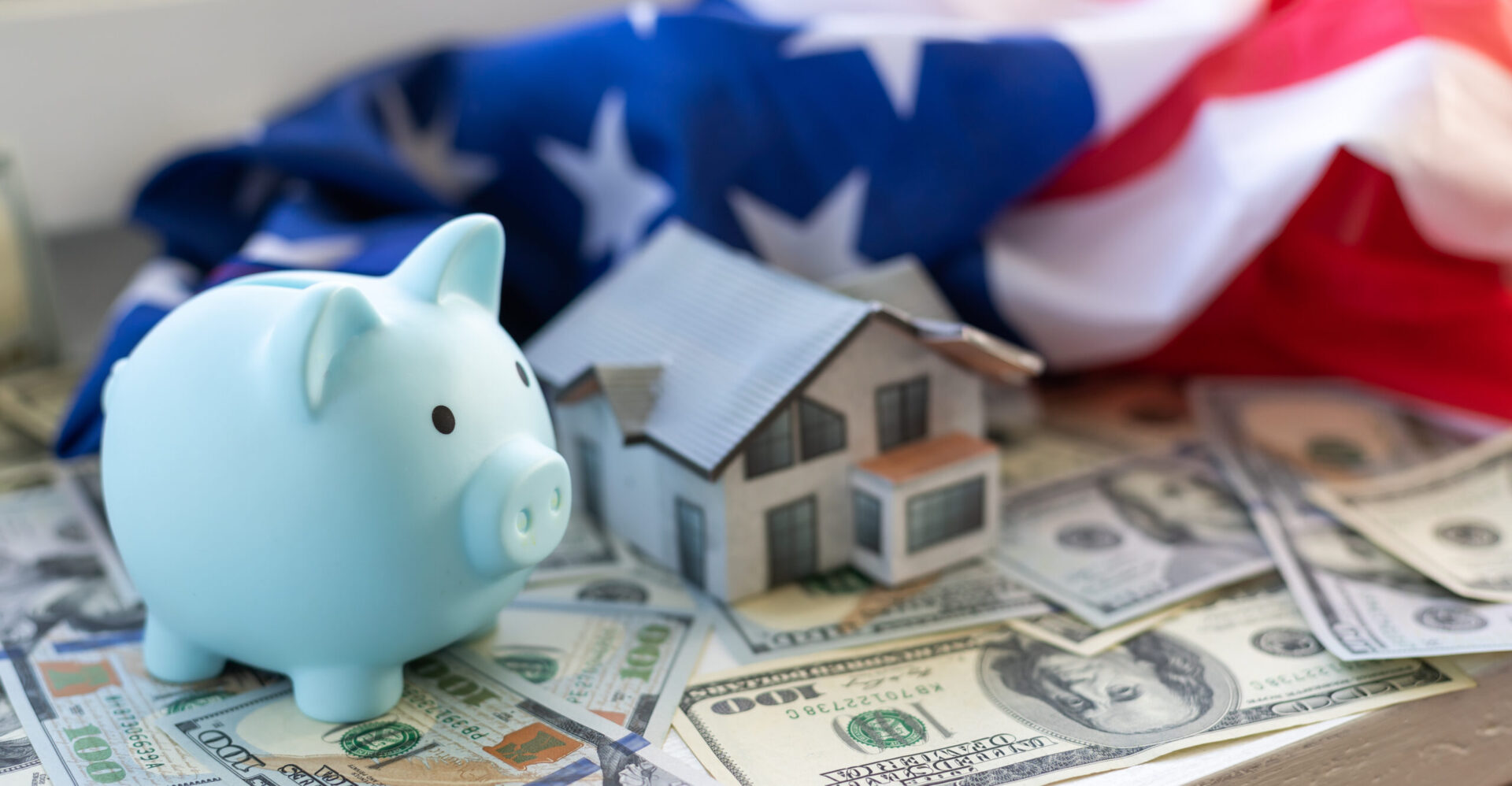By ERIN FLYNN JAY
In the past year, 1% down payment options have become popular. United Wholesale Mortgage has even announced a 0% down plan with a second lien loan as opposed to a grant.
But do these programs disincentivize buyers who would otherwise feel pressure to put money aside for a house?
Matt Walsh, assistant director and economist at Moody’s Analytics, said these programs likely help people on the margins, removing one of the largest hurdles to homeownership, but given the cost, many buyers still choose to make a down payment.
He said that based on data from the National Association of Realtors, the median percent down payment has not changed much over the last three years, with first-time homebuyers putting down about 8% and repeat buyers putting down about 20%.
“Some households will likely take advantage of these programs, but in general households opt to postpone a home purchase if they can’t afford it, rather than choose to put less down,” Walsh said.
Walsh said buyers who put nothing down are at greater risk of becoming underwater in their homes should home prices decline.
“However, threat to the overall housing market is minimal since these households compose a small share of borrowers and many have built up a lot of equity in their homes,” he said. “Additionally, with a limited supply of homes for sale, the probability that home prices decline in 2024 remains remote.”
Rick Sharga, President & CEO of CJ Patrick Company, said there are already a number of low down payment options available for homebuyers: Fannie Mae and Freddie Mac have programs that allow loans with 3% down payments, FHA insures loans with 3.5% down payments, and the VA offers 0% down payments for qualified veterans.
He doesn’t think these new programs will necessarily “dis-incent” buyers from saving for a down payment.
“It’s more likely that they’ll enable people who can handle the monthly mortgage payments to move towards homeownership more quickly than they might have been able to otherwise,” said Sharga.
The rising cost of rental housing — along with soaring prices for food, gasoline, and other necessities — has made it more difficult for many households to set aside savings for a down payment.
“With home prices also rising significantly over the past few years, down payment requirements have also increased,” said Sharga. “That combination of higher down payments coupled with less disposable income to save has made homeownership virtually impossible for many. These new programs at least help solve one of those problems.”
Has there been a change in psychology for the average American going from “How long will it take to save for this?” to “How much will this cost me right now despite the drawbacks?”
Sharga thinks there’s been a shift over time in how homebuyers look at affordability.
“Most people probably think of affordability mostly in terms of monthly payments rather than the price of the house or the amount of money needed for a down payment,” he said. “In that regard, the trade-off with these low-and-no-down payment programs is that the monthly payments will be higher, partly because the amount financed will be larger, partly because the borrowers will also be paying mortgage insurance.”
Sharga said lenders need to carefully underwrite these loans to make sure that the borrowers actually have the ability to make their monthly payments. Historically, borrowers who couldn’t save enough for even a small down payment were deemed to be at higher risk of defaulting on loans, he said.
“It’s especially important for lenders not to unnecessarily layer on multiple levels of risk: a zero down payment loan to a borrower with below-average income, low or no cash reserves, and a poor credit score sounds like a surefire recipe for a future foreclosure. So in a case like that, the lender is really setting up the borrower to fail.”
Local market conditions can add to these risks because despite the overall housing market remaining strong, there are a number of markets around the country today where home prices are declining, said Sharga.
“Using a zero down payment loan to buy a home in one of those markets means that the borrower has no equity cushion to fall back on in the event that home prices continue to fall — they could quickly find themselves in a situation where they owe more on their loan than the property is worth,” he said.
In addition, insurance rates and property taxes are on the rise in many markets.
“The types of borrowers who take advantage of these programs may not be able to absorb those extra monthly costs, putting them at risk of potentially defaulting on their loans,” added Sharga.
That said, saving money for a down payment is routinely cited as one of the biggest hurdles prospective homebuyers face, especially first-time buyers.
“Generally speaking, the longer it takes to save for a down payment, the more home prices tend to increase, which in turn requires more money saved for a down payment,” said Sharga. “For potential buyers caught in that sort of cycle, these programs can provide an opportunity to purchase a home sooner.”
Read More Articles:
What Will Future Homes Look Like?
Climate Change Hot Topic At National Association Of Real Estate Editors Conference
Pending Home Sales Fall To Record Low
Sign up for our free newsletter.
